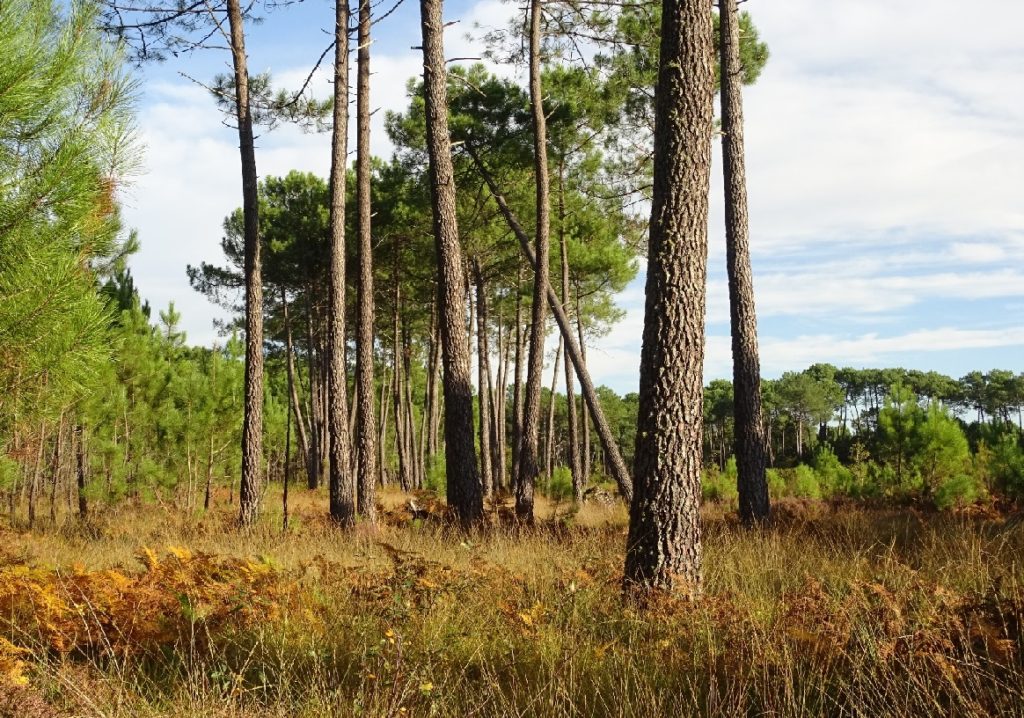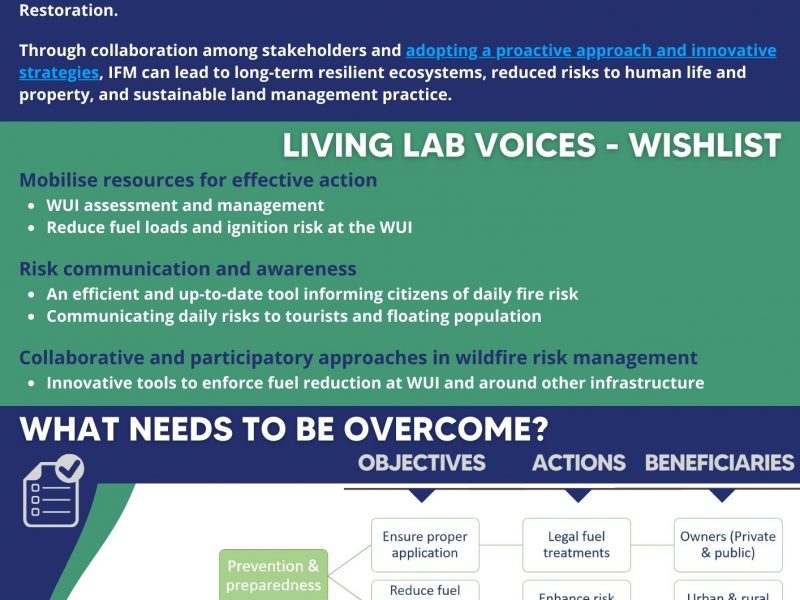CONTEXT
In the Nouvelle-Aquitaine region, megafires have been a relevant issue since the mid-20th century. To this day, a set of fires which occurred between 1946 and 1949, burning approximately 200 000 ha, remain commemorated historic events.
As a result, local fire services were completely reorganised in South-Western France and tailored expertise to deal with wildfires was developed. Nowadays, about 5 000 fires breakout each year, mainly close to cities.
Overall, the territory is quite homogeneous, with sandy soils and maritime pine plantations. About 95% of the forestlands is harvested and managed thanks to interactions with nature conservationists. Today, the presence of young maritime pines exposes the area to the risk of future fire occurrences.
FIRE MANAGEMENT IN NOUVELLE AQUITAINE
Forest fire management in Aquitaine is based on a complementarity between prevention and control. Forest owners have a very strong involvement in fire prevention through their membership and their daily action in forest protection associations (ASA DFCI).
ASA DFCI Aquitaine, brings together 4 NUTS 3 level Unions, with 212 local ASA DFCI that rely on more than 2 500 active volunteers. Altogether, they maintain a network of very dense forest roads and water points allowing immediate and direct attack of each new wildfire.
Firefighters assisted by local representatives of ASA DFCI oversee the fire management. Moreover, the Civil Protection is in charge of fire suppression, whereas ASA DFCI assists in fire detection. Windstorm and fire risks are covered for forest owners by MISSO-GROUPAMA insurance company.

CHALLENGES
- Foreseen risk of large fire events due to the presence of young maritime pines
- Climate change trend
INNOVATION ACTIONS
Advanced Technology Solutions - Support Tools for Integrated Fire Management
IA 5.3. Advanced vegetation characterization based on Earth Observation data fusion and Artificial Intelligence over forestland ecosystems
IA 5.5. Testing of vertical atmospheric structure models based on satellite constellation in EWE
IA 5.10. Development of a Pan-European system to define management priorities to mitigate fire impact
Factsheets
A set of factsheets was produced by forestWISE to interactively complement the information available on the Living Lab.


